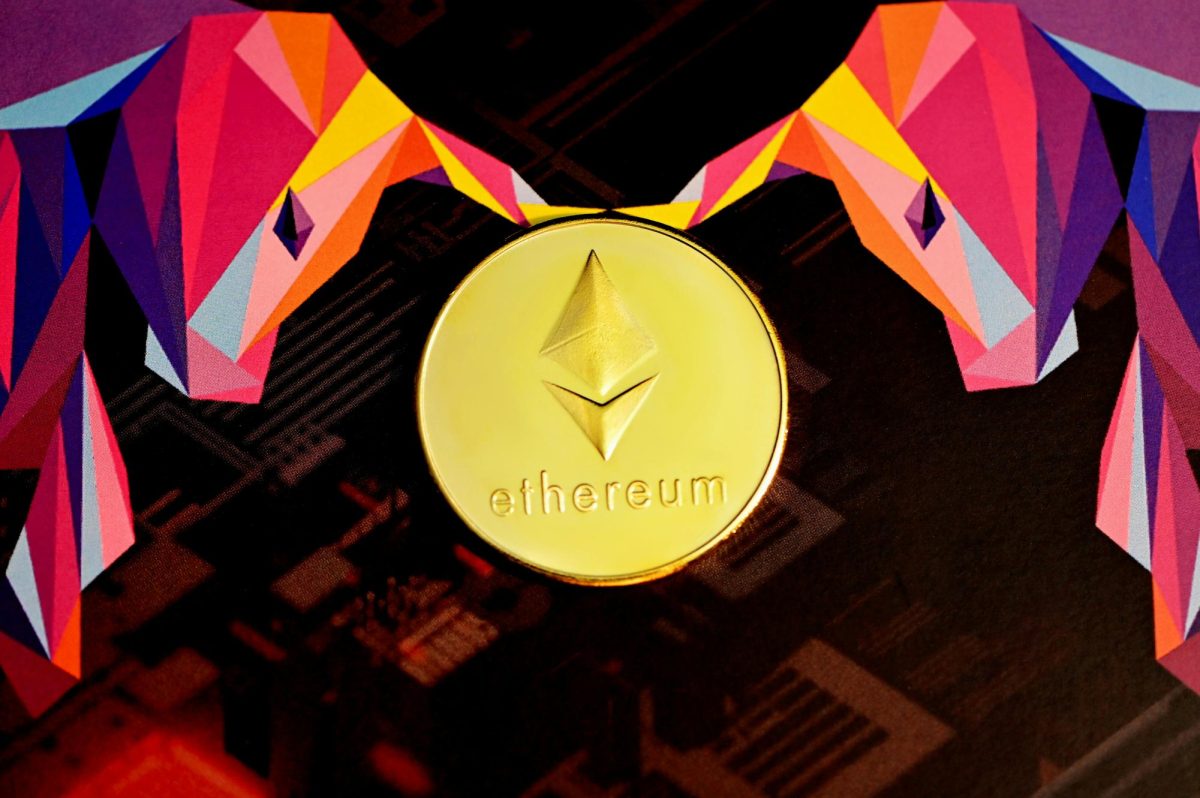From their humble beginnings as a niche form of entertainment, video games have developed into a worldwide phenomenon over the years, having a profound impact on society and mainstream culture. Popular games like Fortnite, Call of Duty, World of Warcraft, Minecraft and so on boast massive communities of professional and amateur players.
The global reach of gaming and its growing popularity is also evidenced by the emergence of gaming merchandise. From clothing and collectables to prints and accessories, gaming enthusiasts can purchase all sorts of items inspired by their favorite games. A branded hoodie or a great Pop from Fortnite are perfect gifts for fans of the game.
However, even though gaming is often regarded as a universal language that has the power to transcend boundaries and unite people of all ages and backgrounds through play, different parts of the world have different approaches to this popular practice.
Gaming cultures vary across regions, continents, and countries, reflecting the influence of local factors. This leads to the emergence of distinct attitudes, habits, experiences and preferences related to gaming that continue to evolve as new trends and innovations shape the industry alongside social, political and economic developments.
From a gamer’s or an onlooker’s perspective, gaining a deeper understanding of the regional patterns and the incredible diversity within the gaming world makes for a rather fascinating study that can paint a more realistic picture of the gaming realm and put old myths and misconceptions to rest. From a game developer’s perspective, a glimpse into gaming preferences around the world can help them build better games that meet audiences’ expectations and provide superior experiences for end users.
North America
North America has established itself as a major player in the gaming industry, being home to top gaming companies like Activision Blizzard, Electronic Arts (EA), Take-Two Interactive, and Zynga. The gaming market in the region was estimated at around $63.11 billion in 2023, currently accounting for over a quarter of the global gaming market, and is expected to hit $95.56 billion by 2028.
It’s safe to say that gaming is becoming an increasingly popular social activity for players in North America. According to the latest data, in 2022 there were 212 million players in the U.S. alone, with 36% of them aged between 18 and 34 years.
As for preferences, it appears that mobile gaming is gaining rapid ground in the region due to low entry barriers and the wide variety of games that players can enjoy on their mobile devices. Another notable trend in the industry is watching gaming content on streaming platforms like Twitch and YouTube. These platforms also allow gaming fans to get in on the eSports action and view organized video game competitions, with the U.S. having the largest number of eSports players in the world.
Latin America
Let’s move further down south and see what’s happening in the Latin American gaming scene. People here seem to have gotten the gaming bug as well and the gaming community in LatAm has become the fastest-growing in the world in terms of video game consumption. The local gaming market was estimated at $8.4 billion in 2022.
Mexico and Brazil boast particularly large player bases, with 78% and 63% respectively of their populations engaged in gaming. The rising demand for video games in the region has prompted local developers to create popular titles like Kingdom Rush which gained fame in other parts of the world as well. Games like League of Legends and Dota 2 which stand at the top of the eSports genre appeal the most to Latin American audiences.
Europe
Across the pond, the gaming landscape appears to be a bit more fragmented and diversified, as gaming preferences vary from one country to another. As expected, Europeans are avid consumers of video games, with 275 million residents considering themselves gamers or playing video games regularly.
Countries in the North like Finland and Sweden have left their mark on the indie gaming scene that caters to a niche audience keen on games that place emphasis on artistic design and innovation. On the other hand, the UK gaming landscape is dominated by big studios and immersive games like sports games, war games and open-world games. If we focus on the mobile gaming market in Western Europe, we see that die-hard fans tend to favor more complex genres like shooter, adventure, battle royale and role-playing games.
Asia
Most countries on the Asian continent have a long and rich gaming history embedded in their cultures. Japan’s thriving video game industry has a major influence on the entire gaming sphere. The gaming landscape in Japan combines tradition with innovation and creativity, which has led to the development of a diverse range of games for all tastes and preferences. South Korea is known for being a leader in eSports and China is currently one of the biggest markets for video gaming.
But East Asia is not the only region on the continent where video games are thriving. In recent years, the Middle East has emerged as a reputable player in the gaming market and a hotspot for eSports and gaming conventions, with countries like Saudi Arabia and the United Arab Emirates being at the forefront of the movement. Approximately 60% of the people in the region are gaming enthusiasts and game downloads account for 50% of all app downloads.
Bottom line
It’s pretty obvious that video games have grown into a global phenomenon, being played by almost 3 billion people worldwide. However, the way that video games are enjoyed and perceived by players in different regions bears the marks of the local culture, history and socio-economic influences. This is why today the gaming landscape presents itself as a rich tapestry of genres, styles and experiences that celebrates human diversity.















